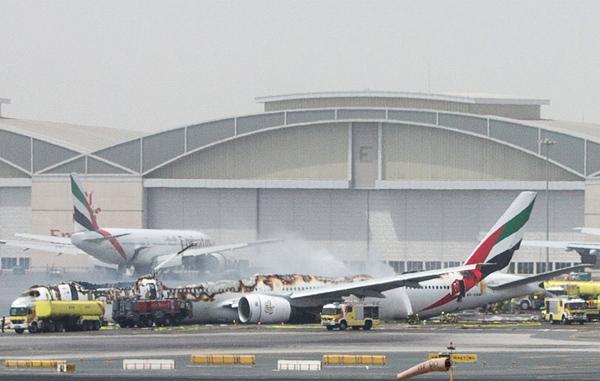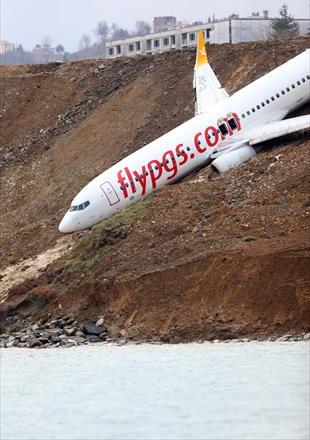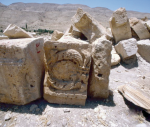You are here
Malfunction forces training aircraft to make ‘belly landing’ at Aqaba airport
By Abeer Numan - Jan 10,2015 - Last updated at Jan 10,2015
AMMAN — Flight instructor Fares Qamhawi and a Libyan student pilot walked away unhurt on Saturday after they were forced to make a belly landing in a training aircraft at Aqaba’s King Hussein International Airport at around 12:30pm noontime, according to Ayla Aviation Academy Director Marwan Atalla.
After the landing gear was stuck, the instructor and his student, who was identified as Mohammad Al Sabri, 21, were forced to land the aircraft, a Diamond DA 42, on its belly, Atalla confirmed in a telephone interview.
“They handled it very well; these things happen,” Atalla said, adding that this is the first time that Ayla pilots have had to deal with such an emergency.
“However, this is what we train our pilots for — to be ready to deal with emergencies when these things happen,” Atalla said.
“The pilot did a perfect landing. He did everything by the book. The pilot and the student walked away without any injuries,” he told the Jordan Times, and he commended the efforts of airport and Civil Defence Department officials.
It was clear weather, and it was a regular training flight, but these things happen, and it is too early to speculate what the root cause was, Atalla reiterated.
Regarding the technical failure, he said one of the landing gear door hinges broke, so the belly landing was the only solution in this case.
“When we know the root cause, we will further look into the emergency,” Atalla noted.
Qamhawi said “we learnt about the problem as we were actually practising landing... we discovered that right main landing gear did not extend.”
“We tried to recycle, that is to do the process once again, but it did not work. We tried to do an overshoot. We went to the downwind area to do trouble shooting,” he added.
“We did not panic,” the instructor said.
“We tried to burn fuel as much as possible. We spent around two hours in the air more than we expected and we were in constant contact with the tower. We planned for the worst scenario.”
“CDD personnel laid 2,000 feet of foam on the runway, and we landed- safely,” Qamhawi, 31, said.
According to an expert Jordanian pilot, a belly landing is risky, so the pilot, in such cases, has to be competent.
Friction between the body and the tarmac is usually dangerous; a fire can happen, so the right amount of foam must be laid down to facilitate the operation, he told The Jordan Times.
In such cases, the Civil Aviation Regulatory Commission forms a committee to investigate the cause, the expert said.
Related Articles
DUBAI — An Emirates jetliner arriving from India caught fire after slumping onto the runway in Dubai on Wednesday, killing one firefighter i
AMMAN — Jordan has filed a motion with an international agency against Israeli plans to build an airport in a border area, on grounds
ISTANBUL - A Pegasus Airlines flight skidded off the runway of a Turkish coastal airport and ended up halfway down a steep slope into the Bl


















